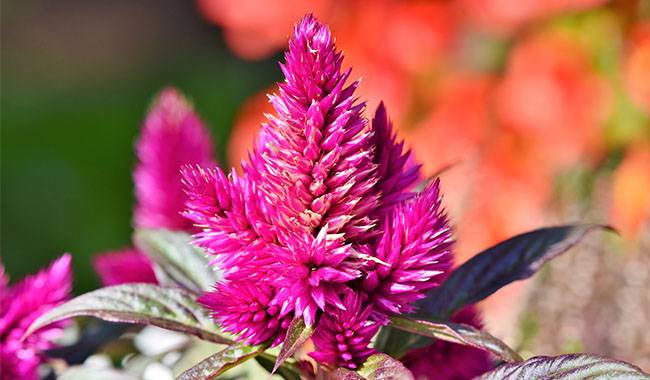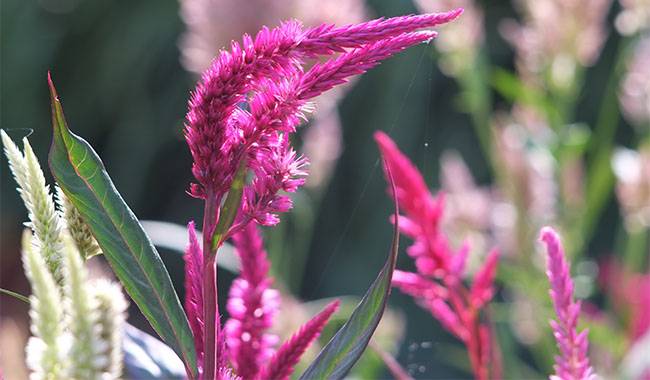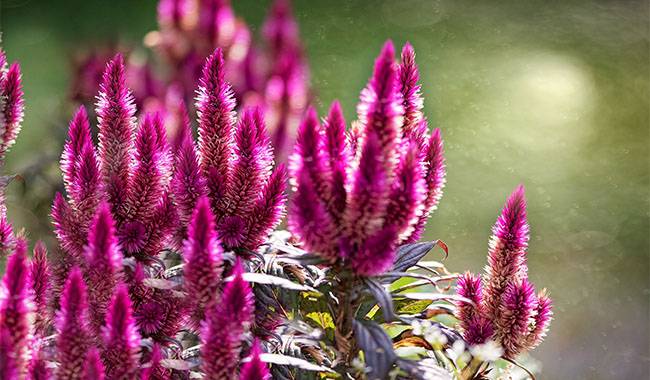
Celosia, or celery, is a genus of the Amaranthaceae family, although not long ago it was considered a member of the Amaranthaceae family. How to grow celosia: growth, sowing, and care? This article has the answer for you.
Its name comes from the Greek telos, meaning “flame, burning”, describing the color and shape of the inflorescence, which looks like a multi-colored tongue of flame.
In nature, Celosia grows in warm areas of both Africa, Asia, and America. There are about 60 known species, but in garden culture, the most common are Celosia crested, Celosia pinnatifida, and Celosia spike.
PLANTING IN BRIEF
Planting and caring for the plants
Sowing: Seeds are sown in late March or early April, and in the second half of May in open spaces.
Flowering: From July to frost.
Lighting: Direct sunlight.
Soil: Fertile well-drained neutral soil.
Watering: Mild, only in drought.
Fertilization: once a month with full mineral fertilizer. Organic matter can also be used before starting to sprout, but only to decompose it.
Reproduction: seeds.
Pests: aphids.
Diseases: chlorosis, at the seedling stage – blackleg.
BOTANICAL DESCRIPTION
The flowers of Celosia are represented by annuals and perennials, among which there are shrubs, but in cold winters Celosia can grow as an annual since it cannot withstand temperatures below zero.
Celosia has straight and branched stems, alternate leaves, ovate, ovate-lanceolate, or linear-lanceolate. The florets are collected into spikes, combs, or cones of different shades of yellow, pink, red, orange, scarlet, and gold. The fruit is multi-seminal vesicles.
GROWING CELOSIA FROM SEED
Sowing seeds at the seedling stage
Readers often ask how to grow Celosia from seeds, since this is practically the only way of its propagation. However, before sowing, the seeds should be soaked in a growth stimulant solution for 3-4 hours (one drop of the agent per cup of water each) to soften the over-hard outer shell of the seeds.
The seeds are sown in March or early April, flat on the surface of a soil consisting of equal amounts of humus and vermiculite. It is not necessary to sow the seeds densely or to cover them, but simply to press them firmly into the ground and spray them with water from a sprayer.
Containers with seeds are covered with film or glass and placed on a bright windowsill at 73-77°F (23-25°C), protected from direct sunlight, with occasional ventilation, moisture, and removal of condensation.
If you do not want to bother picking, plant Celosia seeds in their respective pots. 8 days later they start to sprout.
Seedling care
Cultivating Celosia seedlings means organizing 4-6 hours of extra light for the seedlings, as the daylight hours are still too short at this time of year.
In the case of group-grown seedlings, two curing sessions are performed. The first time – when the seedlings will have 2-3 leaves – they are planted in the same substrate in a 4-5cm (1.57-1.96inch) deep container at a distance of 5cm (1.96inch) from each other.
When the seedlings will be rooted after harvesting, they are simultaneously watered with a weak solution of flowering plant compound fertilizer. When the plant has grown stronger, make it into a deeper locket or remove it from the pot with a scoop and drop it into its respective pot (preferably a peat humus pot).
Once you are sure it has rooted, you can fertilize it a second time in the same way.
PLANTING CELOSIA
When to plant When the heat is finally established and the threat of night frosts is over, it’s time to plant seedlings in the open – in the second half of the year or in late May. The site for this plant is chosen for full sun, sheltered from the wind, and well-drained.
If the soil at the site is acidic, lime treatment should be applied before planting celosia. But do not introduce fresh organic matter into the soil for coleus – the plant does not tolerate it.
HOW TO GROW CELOSIA
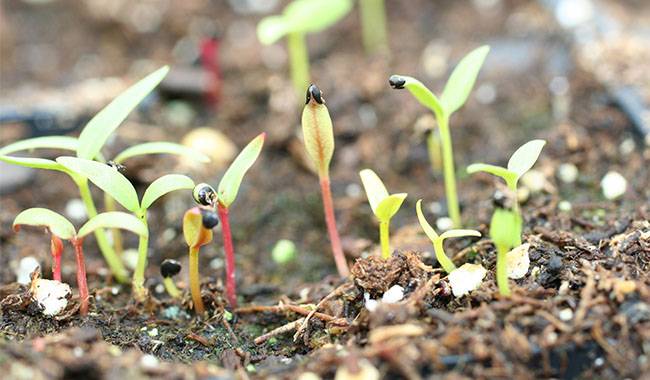
Celosia is usually grown as a garden plant. Seed-grown young Celosia is still very fragile, so you should try not to damage its root system when transplanting and use transit methods.
If you dive or sow them in peat humus pots, plant Celosia in the ground with them.
It should only be kept in mind that specimens of low-growing species and plant species should be spaced between 15-20cm (5.9-7.8inch) apart, while taller species should be spaced 25-30cm (9.8-11.8inch) apart.
GROWING CONDITIONS
There is nothing particularly difficult to grow and care for fibro in the garden, but you should be aware of its two weaknesses: at home fibro growing from seeds can die in the open even in faint frosts, and, in addition, it does not tolerate. Too wet soil …
Based on these features, the organization of holistic care. Therefore, if Celosia drops its leaves and no longer forms flower stalks, it only needs to be watered on the hottest days.
But do not neglect the monthly fertilization that Celosia accepts very well, but do not be carried away by nitrogen fertilizers, otherwise, you will get lush leaves but not see the blooms. Loosen the soil around the plant and remove weeds – that’s all the trick.
PESTS AND DISEASES
Celosia is affected by blackleg during the “tender stage” when there is too much water. As soon as you notice the disease (blackening at the base of the stem), loosen the soil, spread a thin layer of wood ash, and stop watering for a while.
Sometimes aphids settle on the plant and can be treated by spraying with the following ingredients: 2 teaspoons of liquid soap, one cup of vegetable oil with two cups of water.
Treatment should be applied several times every few nights. Celosia is resistant to all other pests and diseases.
CELOSIA AFTER FLOWERING
How and when to harvest the seeds
To collect Celosia seeds, cut a few faded inflorescences and place them in a vase, without water, in a darkened room. When the bouquet is dry, shake it out on newspaper, blow off the pile and pour it into a storage bin.
You can also hang the branches face down in the vase with newspaper underneath and the ripe seeds from the dried bolls will spill out.
CELOSIA IN WINTER
Celosia is usually destroyed after flowering so that new specimens can be planted the following spring.
But Celosia is an ideal plant for drying bouquets: cut the branches of the taller varieties, strip them of their leaves, bring a few of the most beautiful branches inside, tie them up, dry them in a well-ventilated dark room, and place them in an empty vase to decorate your home with their bright, beautiful flames in the middle of winter.
WHAT TO DO AFTER PLANTING: CARE OF CROCUS SEEDLINGS
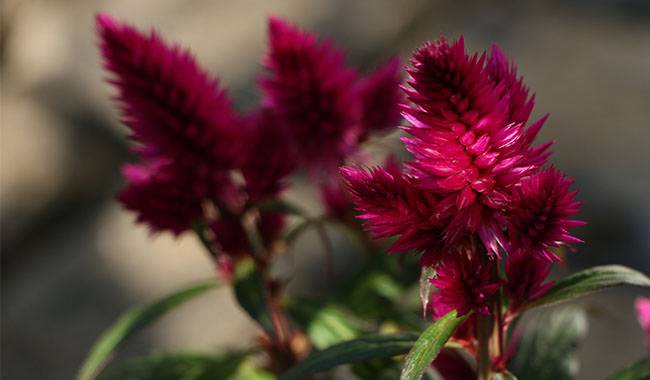
Seedling care and proper cultivation agrotechnical are the keys to healthy, strong, and viable seedlings. The care of celery seedlings should be carried out according to the following rules.
Immediately after planting and watering, the container needs to be covered with film, glass, or a lid to create optimal greenhouse conditions. Subsequently, do not forget to remove the cover for 30 minutes a day to ventilate and remove condensation from the lid. When the seeds have germinated, the lid, glass, or film should be permanently removed.
After germination, immature seedlings need to be protected from direct sunlight for a week, but the plants still need proper light! Thereafter, the plants need sufficient light for about 12-15 hours; we recommend using a plant light for additional lighting in the morning, evening, and in the afternoon during cloudy weather.
Until seeds germinate, the temperature should be 71-77°F (22-25°C). After germination, it should be reduced to 62-68°F (17-20°C).
THE ROOM WHERE THE SEEDLINGS ARE GROWING SHOULD BE WELL VENTILATED, BUT NO COOL BREEZES!
Watering should be regular, but very moderate! The soil should not dry out or be filled with water!
In fact, celery seedlings are prone to root rot, which can be caused by too much water. So water very little. It is best to water early in the morning!
Celosia seedlings are also susceptible to blackleg, a dangerous fungal disease. It cannot be cured, and only the remaining healthy plants can be saved.
Blackleg causes softening and rotting at the base of the seedling stem and the seedling roots to die. The pathogen is activated due to the low temperature and high humidity of the soil and air. Therefore, do not over-water the substrate when watering! And the optimum temperature should also be maintained.
If you notice any signs of disease, you need to remove the affected seedlings immediately and sprinkle wood ash on the area. In addition, you need to adjust the care regime.
Subsequently, the soil surface can be covered with dry sand after each watering. Watering the seedlings with solutions of biological fungicides, such as Fetisol and Gamel, will not harm and water the seedlings.
Celosia seedlings respond well to feeding. They can be fed 10 days after the first harvest (if the seedlings are not harvested, 2 true leaves appear after 10).
The second feeding should be done 7-10 days before the seedlings are raised in the open field. Seedlings are fertilized with compound fertilizer or you can also use nitro-aminophenol (1 tablespoon per 10 liters of water).




